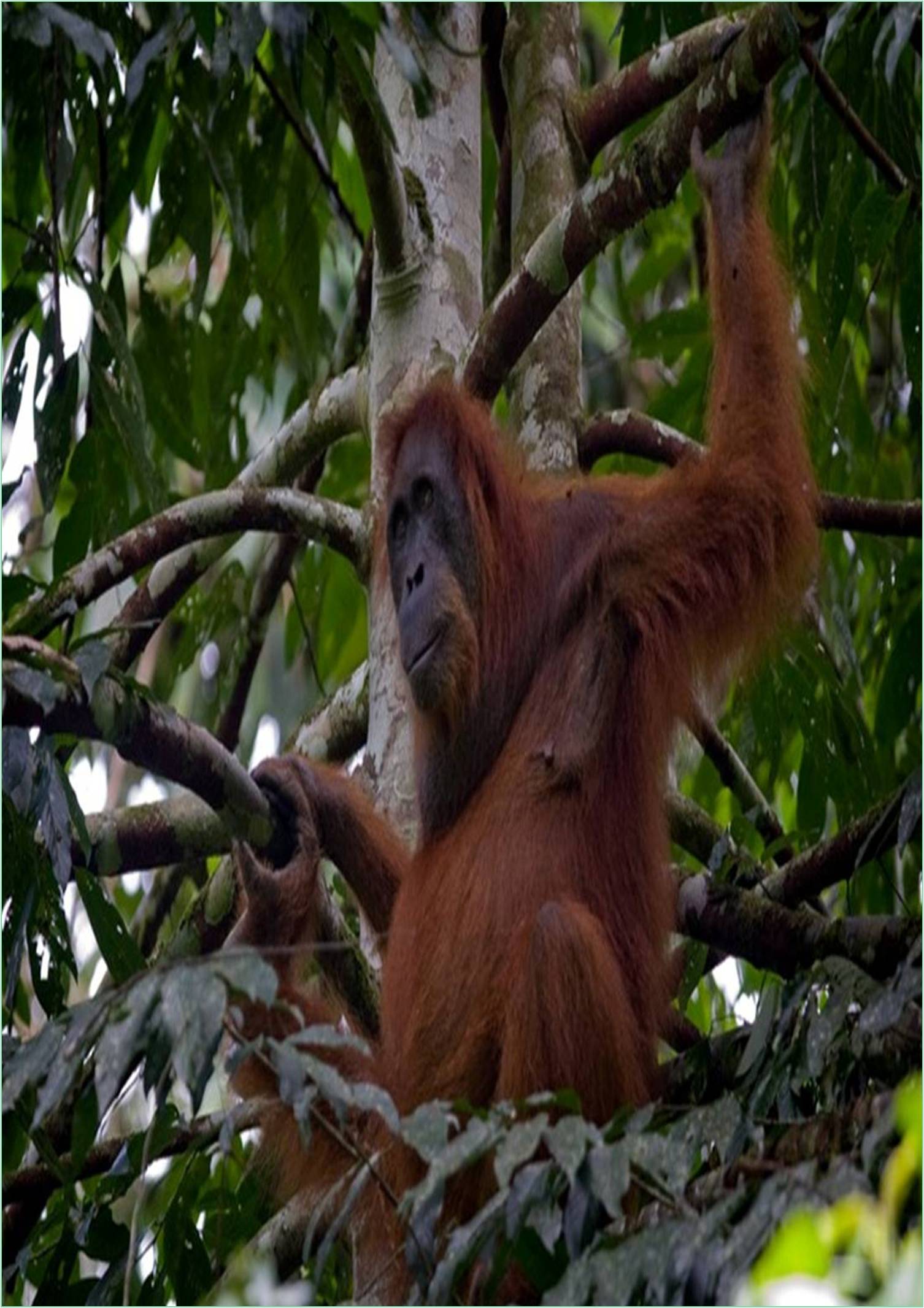



Received: 01-Aug-2022, Manuscript No. JBCR-22-74317; Editor assigned: 05-Aug-2022, Pre QC No. JBCR-22-74317 (PQ); Reviewed: 22-Aug-2022, QC No. JBCR-22-74317; Revised: 29-Aug-2022, Manuscript No. JBCR-22-74317 (R); Published: 05-Sep-2022, DOI: 10.15651/JBCR.22.1.012
One of the most important characteristics of bio systems is how they can maintain local order (low entropy) within their system boundaries. So these parameters can be used to follow the growth and evolution of the ecosystem during succession. Thermodynamically, ecosystem growth is the increase in the flow of energy and stored biomass, and ecosystem evolution is the internal reorganization of these mass stores of energy affecting transfers, transformations and delays within the system. Several proposed hypotheses thermodynamically describe the natural orientation or trend that ecosystems follow during succession, and here they consider five of them: minimize specific entropy production, maximize dissipation, and maximize energy storage (including biomass and information), maximizing energy flow and maximizing retention time. These thermodynamic orienting factors have already been shown to occur to some degree during succession.
Around the world, leaders increasingly recognize ecosystems as natural capital assets that provide life-support services of enormous value. The challenge is to transform this recognition into incentives and institutions that drive sensible investments in large-scale natural capital. Progress is needed on three main fronts, each of which is addressed here: the science of the production functions of ecosystems and the mapping of services; the design of adequate financial, political and governance systems; and the art of implementing them in different biophysical and social contexts. Scientific understanding of the production functions of ecosystems is rapidly improving, but remains a limiting factor in incorporating natural capital into decisions, through national accounting systems and other mechanisms. New institutional structures are created for a wide range of services and venues, creating the need and opportunity for a systematic assessment of their scope and limitations. Finally, it is clear that formal experience sharing and prioritization for future work could significantly accelerate the pace of innovation and the adoption of new approaches.
The conservation of ecosystems is vital for socioeconomic and environmental sustainability. The relationship between ecosystem conservation and economic growth is a hot topic around the world. However, the economic effects of conservation of tiered ecosystems are unclear. This study analyses the spatiotemporal characteristics of the conservation of different ecosystems, analyses the correlations between ecosystem conservation and economic growth on the basis of the "space for commercial time" method and extends a multilevel modelling to understand the general and the regional to investigate differentiation of the economic effects of multi-level ecosystem conservation in the coastal region of China in the period 2000-2015. The results show a general decline in different ecosystems and an increase in green cover and urban green space in the coastal region. At the same rate of growth, the greater the economic output, the less forest, wetlands and other ecosystems. The regression of the multilevel model revealed that economic growth is influenced by ecosystem conservation and the impact of differences in ecosystem conservation varies significantly across regions.
The preservation of wetlands and forest ecosystems has played a negative role, while urban greening in cities has played a positive role in overall urban economic growth and the economic growth of cities surrounding or not surrounding the provincial capital. Moreover, the conservation of nature reserves showed a negative association with economic growth at the provincial level. The heterogeneity of ecosystems as well as the stages of economic growth is imperative. This study could help develop theories of ecosystem conservation in economic growth and fill the gap where previous research ignored the implications of ecosystem conservation at multiple scales. Therefore, it offers good strategies to implement effective sustainable management of ecosystems and sustainable regional economic growth.